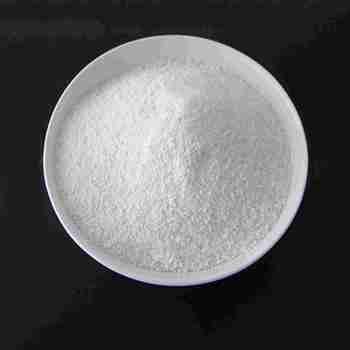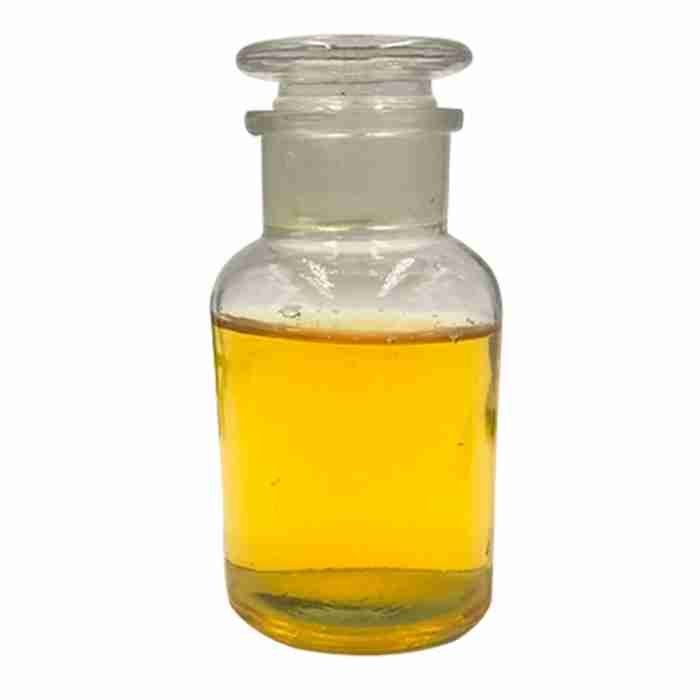Coconut oil monoethanolamide CAS# 68140-00-1
Coconut oil monoethanolamide (CAS 68140-00-1) is usually a white to light yellow flake or powder solid.
It has good thickening, foam stabilization, and decontamination properties. It is widely used in personal care and cleaning products such as detergents, shampoos, and shower gels.
For example, in some shampoo formulas, coconut oil monoethanolamide can increase the consistency of the product, making it easier for shampoo to adhere to the hair when used; in shower gels, it helps to produce rich, delicate and stable foam, enhancing the bathing experience.
发送询盘
Coconut oil monoethanolamide CAS# 68140-00-1
| Coconut oil monoethanolamide Basic information |
| Product Name: | Coconut oil monoethanolamide |
| Synonyms: | N-(Hydroxyethyl)amide coconut;coconut oil monoethanolamide;Coconut acid monoethanolamide (Detergent 6501;Coco fatty acid monoethanolamide;Amide, Kokos-, N-(Hydroxyethyl);CL237;Cocoyl Monoethanolamide;Net lotion, 6501 |
| CAS: | 68140-00-1 |
| MF: | C14H29NO2 |
| MW: | 0 |
| EINECS: | 268-770-2 |
| Product Categories: | Hair Care;Home Care;Skin Care |
| Mol File: | Mol File |
| Coconut oil monoethanolamide Chemical Properties |
| Melting point | 65 – 67oC |
| storage temp. | -20??C Freezer, Under inert atmosphere |
| solubility | Chloroform (Slightly), DMSO (Slightly), Methanol (Slightly) |
| form | Solid |
| color | White to Off-White |
| Odor | Bland |
| InChI | InChI=1S/C14H29NO2/c1-2-3-4-5-6-7-8-9-10-11-14(17)15-12-13-16/h16H,2-13H2,1H3,(H,15,17) |
| InChIKey | QZXSMBBFBXPQHI-UHFFFAOYSA-N |
| SMILES | C(NCCO)(=O)CCCCCCCCCCC |
| NIST Chemistry Reference | N-(2-hydroxyethyl)dodecanamide(68140-00-1) |
| EPA Substance Registry System | Coco ethanolamides (68140-00-1) |
| Safety Information |
| MSDS Information |
| Coconut oil monoethanolamide Usage And Synthesis |
| Uses | Coconut Oil Monoethanolamide can be used for cosmetic cleansing compositions that are free of sodium chloride and sulfate-based surfactants. |
| Definition | ChEBI: N-(dodecanoyl)ethanolamine is an N-(long-chain-acyl)ethanolamine resulting from the formal condensation of the carboxy group of dodecanoic acid (myristic acid) with the amino group of ethanolamine. It is a N-(long-chain-acyl)ethanolamine and a N-(saturated fatty acyl)ethanolamine. It is functionally related to a dodecanoic acid. |
- 2
- 2-diallylpent-4-en-1-amine
- 4
- 95-16-9
- Ammonium sulfamate
- Benzothiazole
- cas:67889-00-3ح2
- cas:83524-75-8 | pigment black 32
- cas:928836-00-4 | 2
- cas:932745-70-5 | 4
- Chemical Minerals
- Coconut diethanolamide
- Daily Chemicals
- discount
- for sale
- General pvc resin
- hexyl D-glucoside
- in stock
- Lauramidopropyl betaine
- LAURIC ACID MONOETHANOLAMIDE
- Petroleum Additives
- Plasticiser
- Ploymers
- price
- PVC
- quotation
- Raw Materal
- Remove term: Petroleum Additives Petroleum Additive
- SODIUM ETHYL 2-SULFOLAURATE
Related Products
Chemical Name: Ammonium Iron(II) Sulfate
Synonyms: Diammonium iron bis(sulphate); iron (ii) ammonium sulfate
CAS No.: 10045-89-3
Molecular Formula: FeH5NO4S
Molecular Weight: 170.95
Monostearin is a versatile emulsifier and emollient derived from glycerol and stearic acid. It is instrumental in stabilizing emulsions and enhancing the texture and consistency of a wide range of products in the cosmetics, food, and pharmaceutical sectors.
Decyl glucoside, scientifically known as ??-D-Glucopyranoside, is a non-ionic surfactant derived from renewable resources, such as glucose and fatty alcohols. It is a biodegradable and mild alternative to traditional surfactants, making it a preferred choice for eco-friendly and sensitive skin formulations.
This compound is characterized by its ability to form stable emulsions and foams, which are essential properties in a variety of applications, including personal care products and household cleaning agents. Decyl glucoside is valued for its low irritation potential and excellent skin compatibility, making it suitable for use in baby care and cosmetic products.
Chemically, decyl glucoside features a hydrophilic head and a hydrophobic tail, allowing it to effectively reduce surface tension and solubilize oils in water. Its mildness and biodegradability contribute to its use in formulations that require gentle cleansing without compromising the integrity of the skin’s natural barrier.
In summary, decyl glucoside is a versatile and sustainable surfactant that offers a balance of performance and safety. Its eco-friendly profile and compatibility with sensitive skin types make it an ideal ingredient for a wide range of personal care and cleaning products.
Product name:HYDROXYPROPYL GUAR HYDROXYPROPYLTRIMONIUM CHLORIDE
Purity:99%
Appearance:Light Yellow Powder
Package:Customized according to customer needs.
Sample:Available
Chemical Name: STODDARD SOLVENT
CAS No.: 64742-88-7
Appearance: Colorless or Light Yellow Liquid
Chemical Name: Zinc citrate
Synonyms: Zinc citrate trihydrate
CAS No.: 546-46-3
Molecular Formula: C6H8O7Zn
Molecular Weight: 257.5
Appearance: White powder
Chemical Name: Arabic gum
CAS No.: 9000-01-5
Appearance: powder
Chemical Name: Imazalil Sulfate
CAS No.: 58594-72-2
Molecular Formula: C14H14Cl2N2O.H2SO4
Molecular Weight: 395.26
Appearance: Solid
Chemical Name: Choline salicylate
CAS No.: 2016-36-6
Molecular Formula: C12H19NO4
Molecular Weight: 241.28
Appearance: Red-Brown Crystal
Coconut diethanolamide is a derivative of coconut fatty acids, where the fatty acid is reacted with diethanolamine to form an amide. This compound is commonly used as an emulsifier and viscosity modifier in personal care products such as shampoos, conditioners, and creams. It imparts a smooth texture and enhances the stability of formulations. Coconut diethanolamide is valued for its ability to improve the foaming properties and skin feel of products, making it a preferred ingredient for creating luxurious and effective formulations in the cosmetics and personal care industry.
Sodium Ethyl 2-Sulfolaurate is a surfactant with a unique combination of properties. It is an anionic compound, derived from the sulfonation of ethyl laurate, which is then neutralized with sodium hydroxide. This results in a product that is highly effective in lowering the surface tension of water, making it an excellent wetting agent and emulsifier. It is commonly used in personal care products, detergents, and industrial applications for its foaming and dispersing capabilities. As a mild and biodegradable ingredient, it is favored for its environmental and skin-friendly attributes, ensuring safety and performance in a variety of formulations.
Chemical Name: Ashwagandha Extract
Synonyms: Withania somnifera, ext.; Withania Somnefera Extract
CAS: 90147-43-6
Appearance: Brown


















